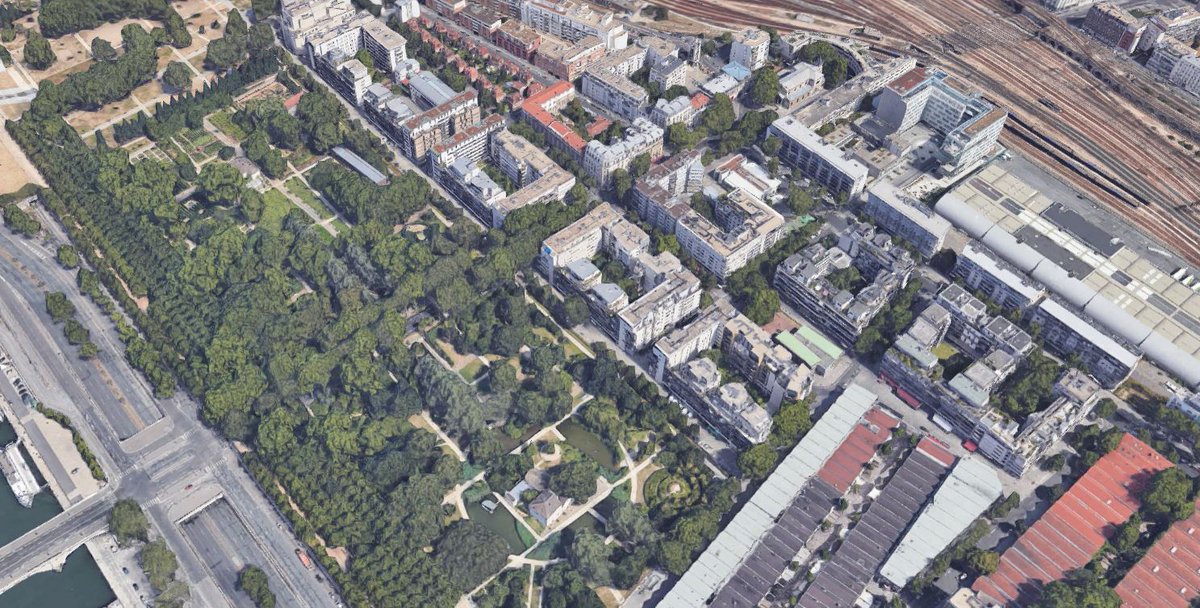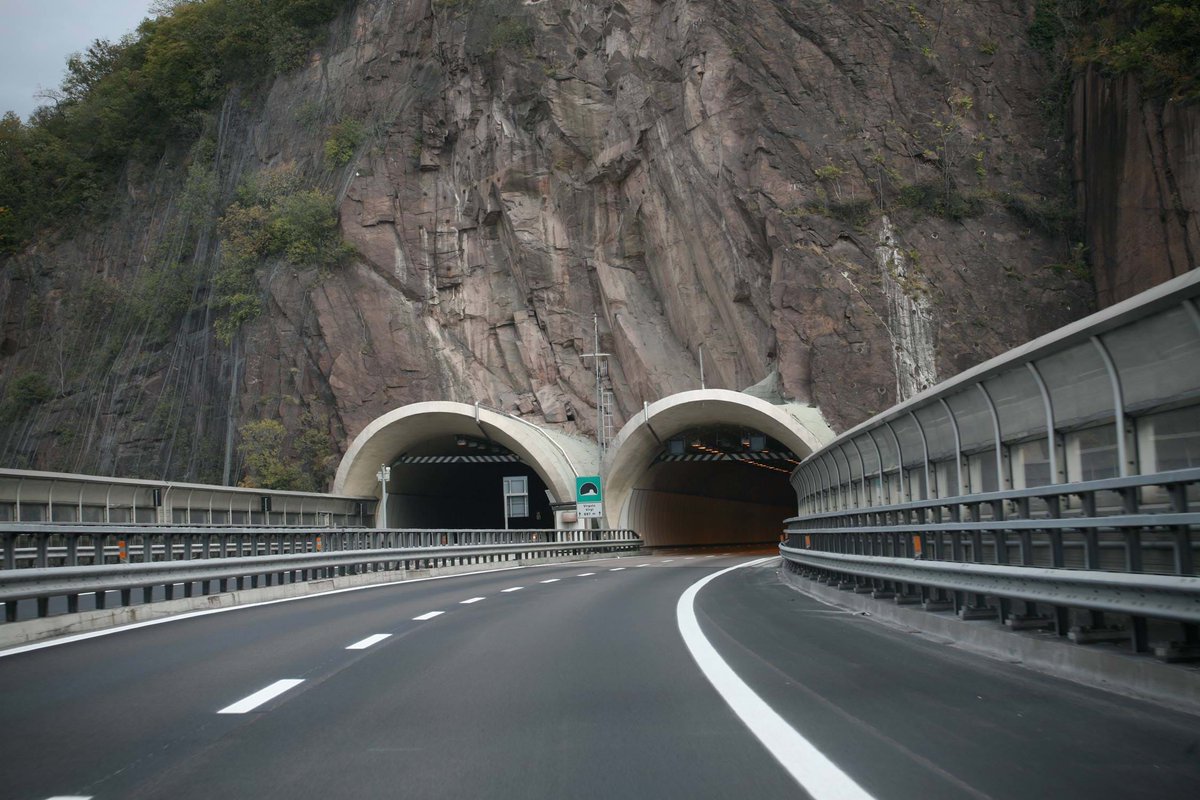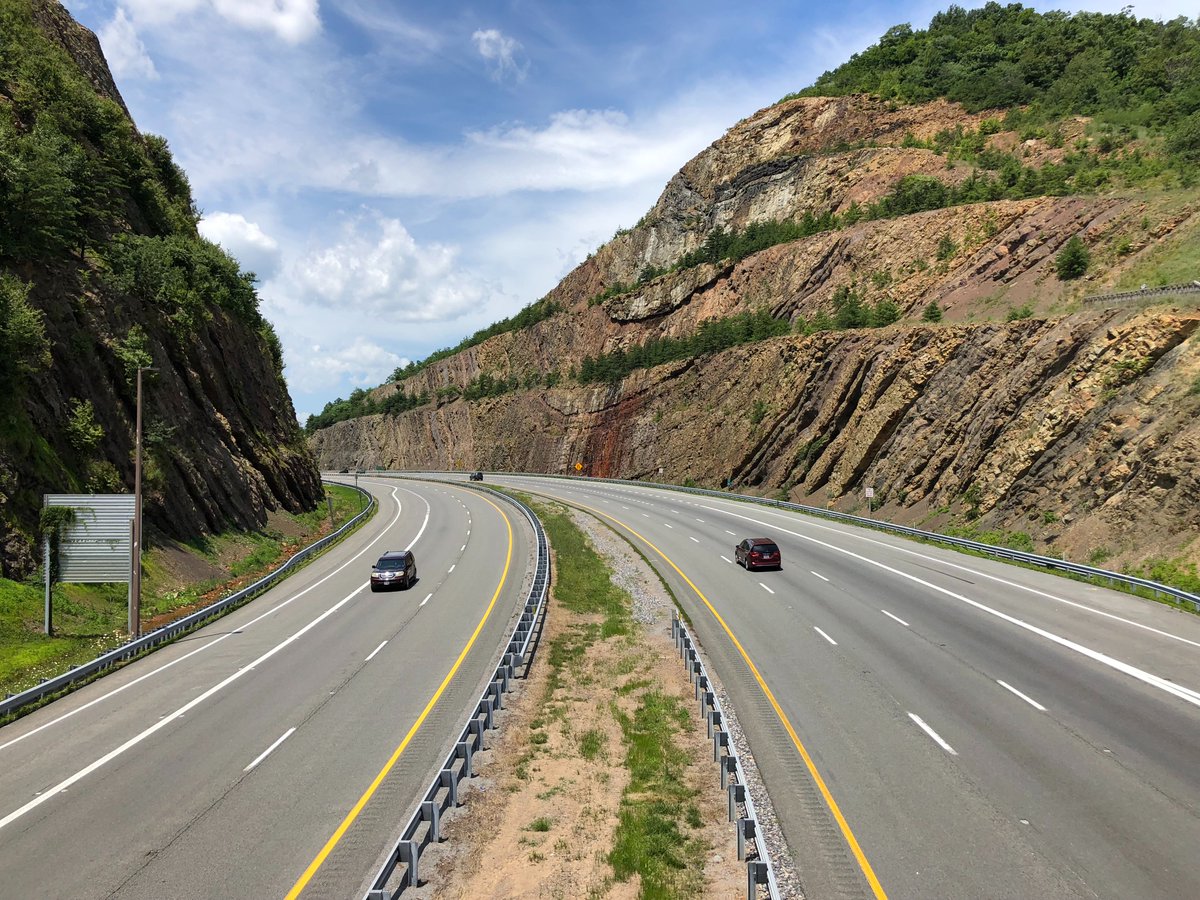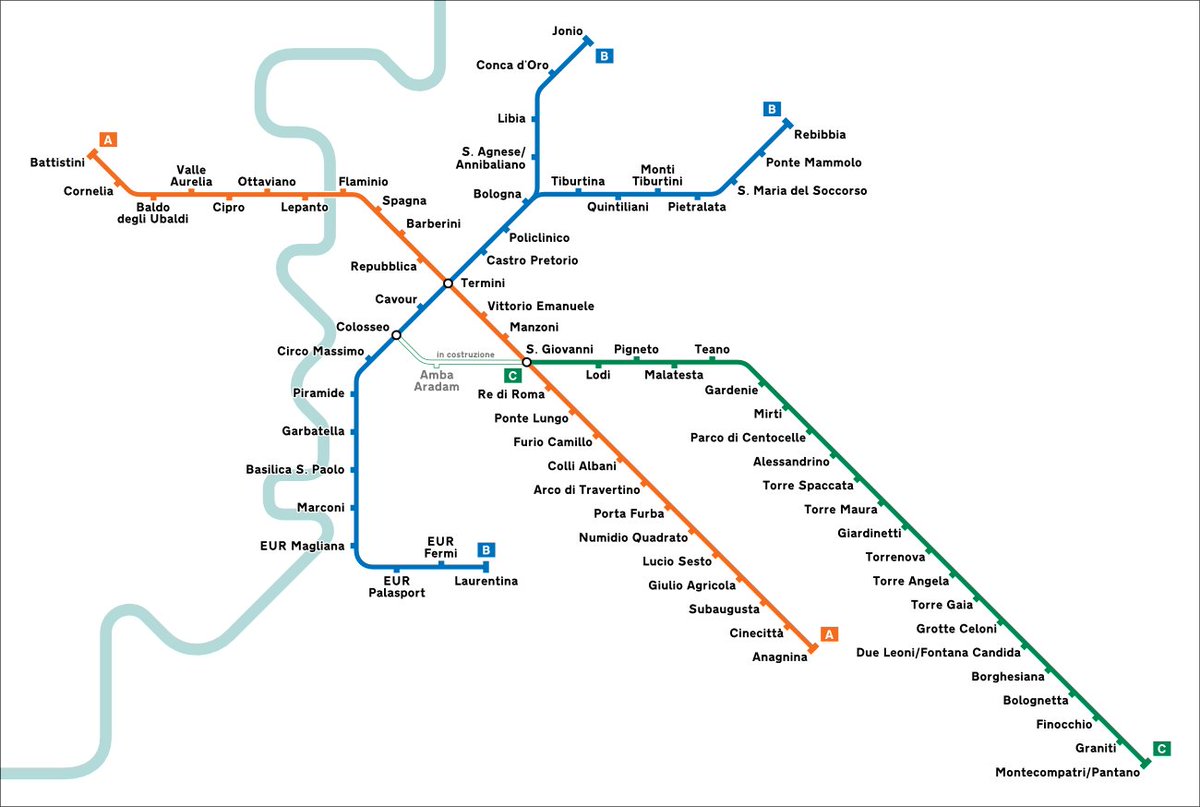
1/ I❤️Lyon.
You know why? Apart the fact of being a nice city and the only place outside of Italy and (maybe) Spain having acceptable cured meat, it boasts one of the most interesting and diverse transit system, with metro, tramways, funicular, trolleybuses, tram-train, etc.



You know why? Apart the fact of being a nice city and the only place outside of Italy and (maybe) Spain having acceptable cured meat, it boasts one of the most interesting and diverse transit system, with metro, tramways, funicular, trolleybuses, tram-train, etc.




2/ The métro is a modern creature, the first being built in France after Paris at the same time of Marseille in the 1970s. It has now four lines, line C being the conversion+extension of a former rack rail to the working class neighborhood of Croix-Rouge 



3/ The cheesy trainset design, especially 1980s MPL 85 for the automated line D is simply😍, especially in the full orange livery. Station design reminds me Montréal, somehow: large, colored. A pleasant brutalism. 

4/ The modern tramway network opened first in 2001. It's now 73 km long, the longest in France out of Paris. It complements perfectly the metro, closing gaps in the rail transit network and reaching further out. As always in France, very elegant design and nice urban insertion 



5/ A particular feature is the RhôneExpress fast tramway to the airport/TGV station, that shares tracks with T3 within the city before reaching the airport along a independent train-like alignment. 

6/ The Rhône-Alpes region upgraded a local ageing train to a tram-train de l'Ouest. Opened in 2012 is a 55km network radiating Ouest from the city center terminus at Lyon Saint-Paul. It was plagued by several initial problems, and its performance is pretty modest: 10k/day 





7/ The trolleybus system completes the transit electric network. It's partly what remains of a 1930-50s network and partly the result of recent expansion and modernisation with some BRT features.
It boasts the Crealis trolleybus, the standard brother of Bologna's optic-guided one

It boasts the Crealis trolleybus, the standard brother of Bologna's optic-guided one


8/ Dulcis in fundo, the 2 funiculars ("les ficelles") that connect the old city with the hilly Saint-Just and N-D de la Fourvière. Very touristy, but integrated within the city's fare system. 

10/ Together with busses, they form a heavily patronized network that carries 480M passengers/year in a metro area of some 2.2M, in particular :
🚇32km - 212M/y - 750k/day, not bad for a very short network
🚋75km - 98M/y
🚇32km - 212M/y - 750k/day, not bad for a very short network
🚋75km - 98M/y
11/And we should not forget that Lyon was the first city to implement a bikeshare network, Velo'v, well before the maudits parisiens stole the idea and made it famous internationally with their posh Velib! Tsk! I rode it 2005 when it opened and, at the time, it was quite a thing! 

12/ So, Lyon is definitely THE French city for transit nerds. If y'all in transit twitter will ever visit or re-visit France, forget about Paris, son métro et gné-gné-gné and go straight down to the milder weather of Lyon. By TGV, of course.
13/ That thread was offered to you by a Lyonnais friend that wrote to me today and reminded me of that nice city and its transit system. Hope you enjoyed :-)
• • •
Missing some Tweet in this thread? You can try to
force a refresh


















